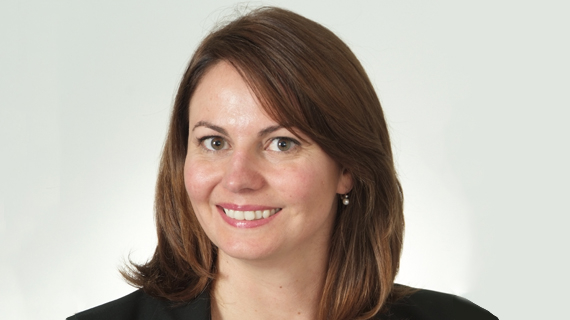Isabel Moreno Hay
Update on bruxism: assesment and management

Nationality: Spain
Scientific areas: Occlusion
21 of november, from 14h00 until 19h00
Auditório A
Conference summary
Bruxism has been historically of particular interest for the field of dentistry. It encompasses repetitive masticatory muscle activity characterized by clenching or grinding of the teeth and/or by bracing or thrusting the mandible. In otherwise healthy individuals, bruxism is considered a behavior and not a disorder.
However, in some individuals, bruxism can be a risk factor associated with damage to the masticatory structures. Bruxism presents with two distinct circadian entities with different etiopathogenesis that have not been fully elucidated: sleep and awake bruxism. Patients may present with both presentations of bruxism, thus, clinical assessment of daytime and sleep bruxism becomes crucial in the management of bruxism.
The treatment goals of bruxism aim to prevent and/or reduce the negative clinical consequences associated with bruxism, such as, tooth wear, fracture of dental restorations, muscle hypertrophy and/or temporomandibular disorders. Furthermore, it has been recognized that bruxism can also be a clinical sign associated with other comorbidities, such as, obstructive sleep apnea, GERD, among others. Hence, the dentist plays an important role in screening of the most common comorbidities associated with bruxism. Referral to the appropriate specialist is warranted when comorbid conditions are suspected.
This lecture will provide the dentist with an update on the assessment tools available for the detection of bruxism as well as an overview of the multimodal approach to sleep and awake bruxism.